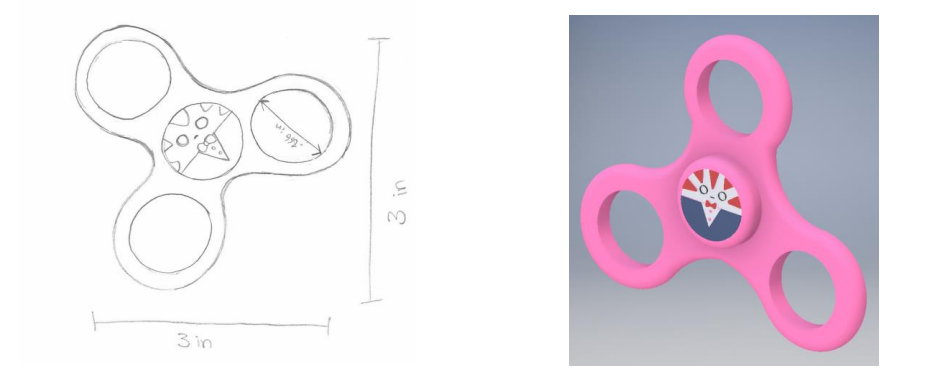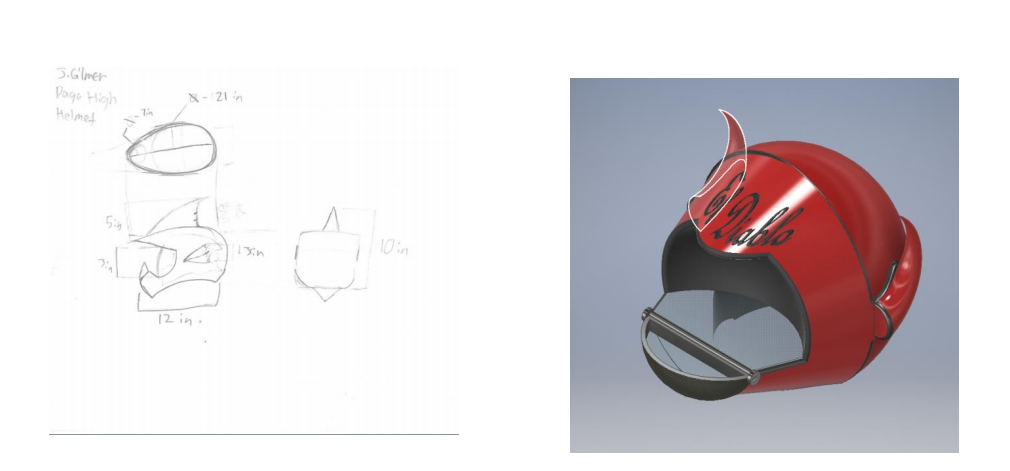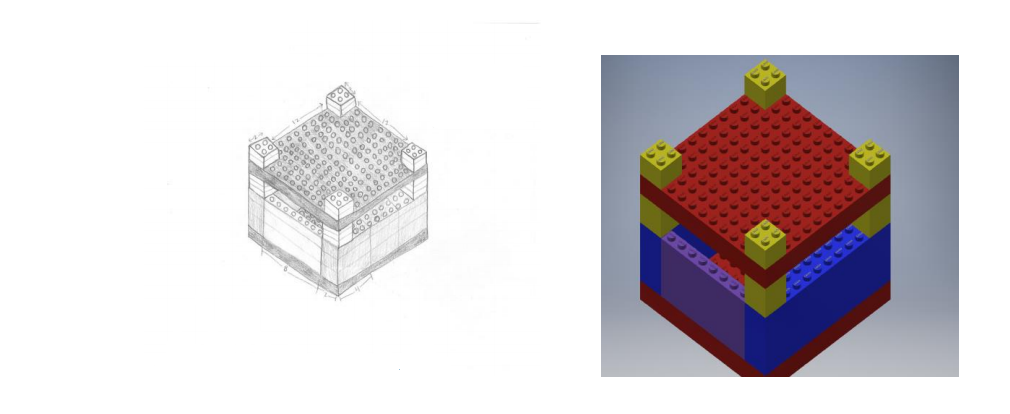US engineers and mathematicians explore the values of 3D printing in education further, outlining their findings in ‘Teaching High School Students Design Process and 3D Printing: Lessons Learned.’ Authored by Dr. Ahmed Cherif Megri, Dr. Sameer Hamoush, Dr. Rachid Belmasrour, and Dr. Gwen Lee-Thomas, the paper discusses both the triumphs and challenges experienced in teaching a summer additive manufacturing and 3D printing class to high-schoolers—with the goal of serving advanced manufacturing.
 As manufacturing processes continue to be in demand and grow with more progressive technology, the need for engineers and individuals well-versed in STEM careers continues—thus, the push in education to draw in more young people and expose them to the wonders of more complex science, technology, engineering, and math projects. In the summer class, students learned how to use Autodesk Inventor and CREO, along with learning the processes of 3D printing.
As manufacturing processes continue to be in demand and grow with more progressive technology, the need for engineers and individuals well-versed in STEM careers continues—thus, the push in education to draw in more young people and expose them to the wonders of more complex science, technology, engineering, and math projects. In the summer class, students learned how to use Autodesk Inventor and CREO, along with learning the processes of 3D printing.
Thirteen students from high schools in the area, a mix of tenth- and eleventh-graders, took part in the two-week camp presented at North Carolina A&T State University (NCAT), taught by two NCAT faculty members, along with assistance from an undergraduate student and a high-school teacher too. Students able to participate based on their grades and teacher recommendations paid $200 each and attended a meet-and-greet before camp started. Each day of camp was a full day, with a serious focus on 3D design and 3D printing, and students working on four different projects each to improve STEM skills as well as communication skills (upon presenting their results at the end of the two weeks). Each student also had access to a scanner and tensile strength machine.
Engineering design and manufacturing skills were deeply interwoven into the AM/3D printing course, along with the intricacies of iterative design.
“Early in the course, students learned to use 2D drawing sketch,” explain the authors. “As projects progressed, students moved to 3D CAD packages (Autodesk Inventor) to create blueprints for 3D objects and assemblies or to 3D print their prototypes.”
A variety of 3D printers, from basic to advanced, were on site at the camp—with instructors available for showing the students how to use the more complex hardware.
“Each of the projects is considered a design problem, and the projects are presented in order of increasing complexity thus, improving the understanding of the use of the software functionality,” explained the authors.
Students were expected to research and then complete designs, along with using 3D modeling and 3D printing tools. They teamed up in pairs and continued to work with instructors closely, 3D printing their projects on a Fortus 400mc 3D printer.
The authors evaluated workshop success through the following:
- The outcome regarding how many students were accepted into the Mechanical Engineering program and School of Technology at NCAT.
- Qualitative and quantitative data regarding the influence of the workshop on students
- Evaluation of student surveys
Overall, the researchers found significant value in the comprehensive nature of the workshop, with students learning to create designs and bring them to fruition via technology like 3D printing. They also learned to present their work, along with defending concepts within.
“Our purpose for the coming years is to overcome shortcomings and to use the strengths of diverse outreach programs developed during the last year at NCAT (DOE-sponsored),” stated the authors in conclusion.
“Our objective is to contribute to improving the performance of the students to match the advanced technology in the US. Our target this time will be elementary and middle school students and their teachers, since it is known that students’ attitudes towards mathematics and science develop at a young age and become embedded by middle school. In order to encourage young students to pursue careers in science, technology, engineering, and mathematics, NCAT will develop a program for K-5 students and their teachers.”
3D printing in education is not only fun for students and teachers, but it offers an undeniable headstart for their future careers, with projects delving into robotics, veterinary prosthetics, and even micro- and millifluidic devices. What do you think of this news? Let us know your thoughts! Join the discussion of this and other 3D printing topics at 3DPrintBoard.com.
[Source / Images: ‘Teaching High School Students Design Process and 3D Printing: Lessons Learned’]Subscribe to Our Email Newsletter
Stay up-to-date on all the latest news from the 3D printing industry and receive information and offers from third party vendors.
You May Also Like
3D Printing Unpeeled: New Arkema Material for HP, Saddle and Macro MEMS
A new Arkema material for MJF is said to reduce costs per part by up to 25% and have an 85% reusability ratio. HP 3D HR PA 12 S has been...
3D Printing News Briefs, January 20, 2024: FDM, LPBF, Underwater 3D Printer, Racing, & More
We’re starting off with a process certification in today’s 3D Printing News Briefs, and then moving on to research about solute trapping, laser powder bed fusion, and then moving on...
3D Printing Webinar and Event Roundup: December 3, 2023
We’ve got plenty of events and webinars coming up for you this week! Quickparts is having a Manufacturing Roadshow, America Makes is holding a Member Town Hall, Stratafest makes two...
Intuitive Machines Debuts $40M Hub for Lunar Ambitions and 3D Printing Tech
Best known for its pioneering work in lunar exploration and its development of the Nova-C lunar lander, Intuitive Machines (Nasdaq: LUNR) has marked yet another significant milestone. The leading space...





































